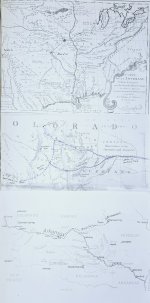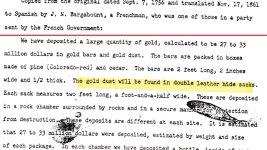cyzak
Bronze Member
- Jul 14, 2018
- 2,342
- 3,803
- Detector(s) used
- Garrett, General Mathematics, Geometry,Pentax,,Do the math it's there.
- Primary Interest:
- All Treasure Hunting
Are you still going up on the mountain Miss Smith.Miss. Smith here! Still searching?









